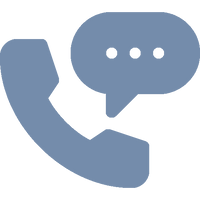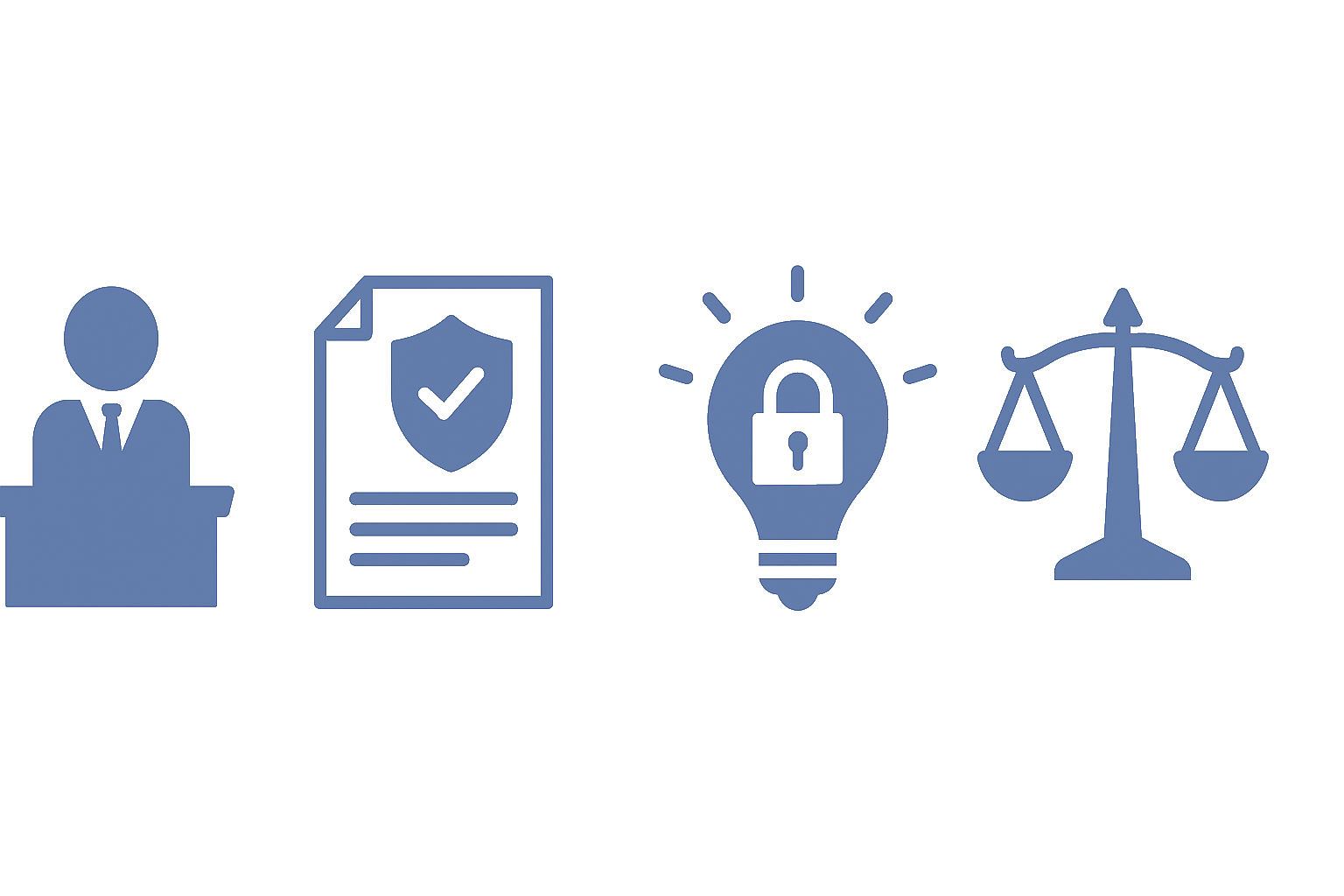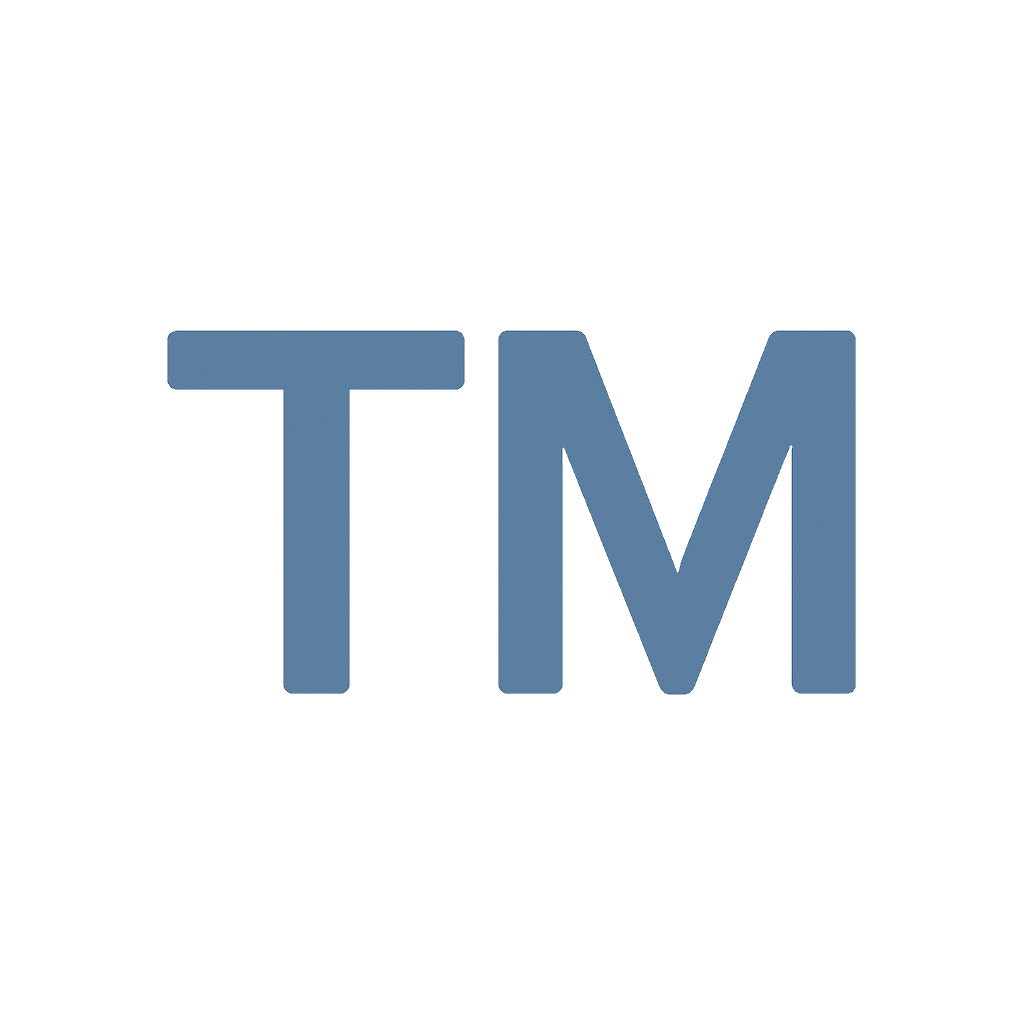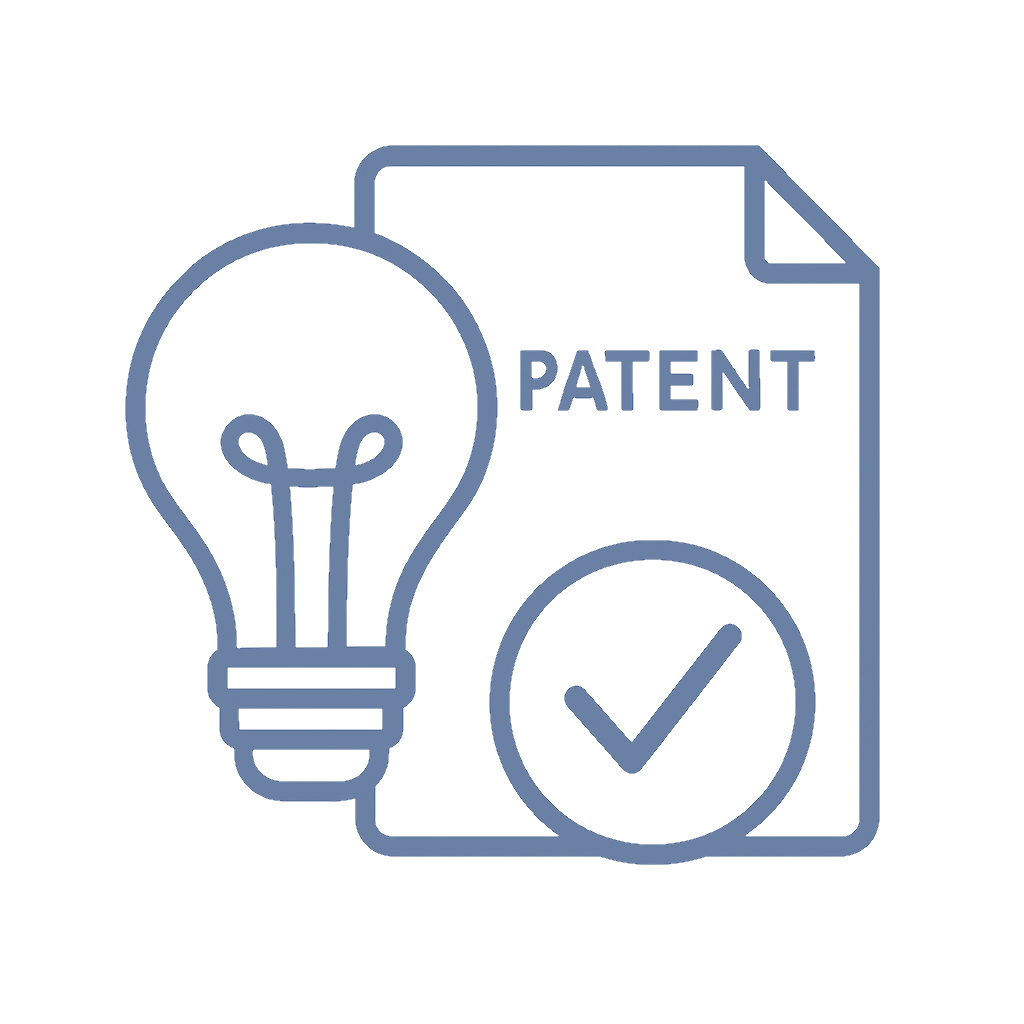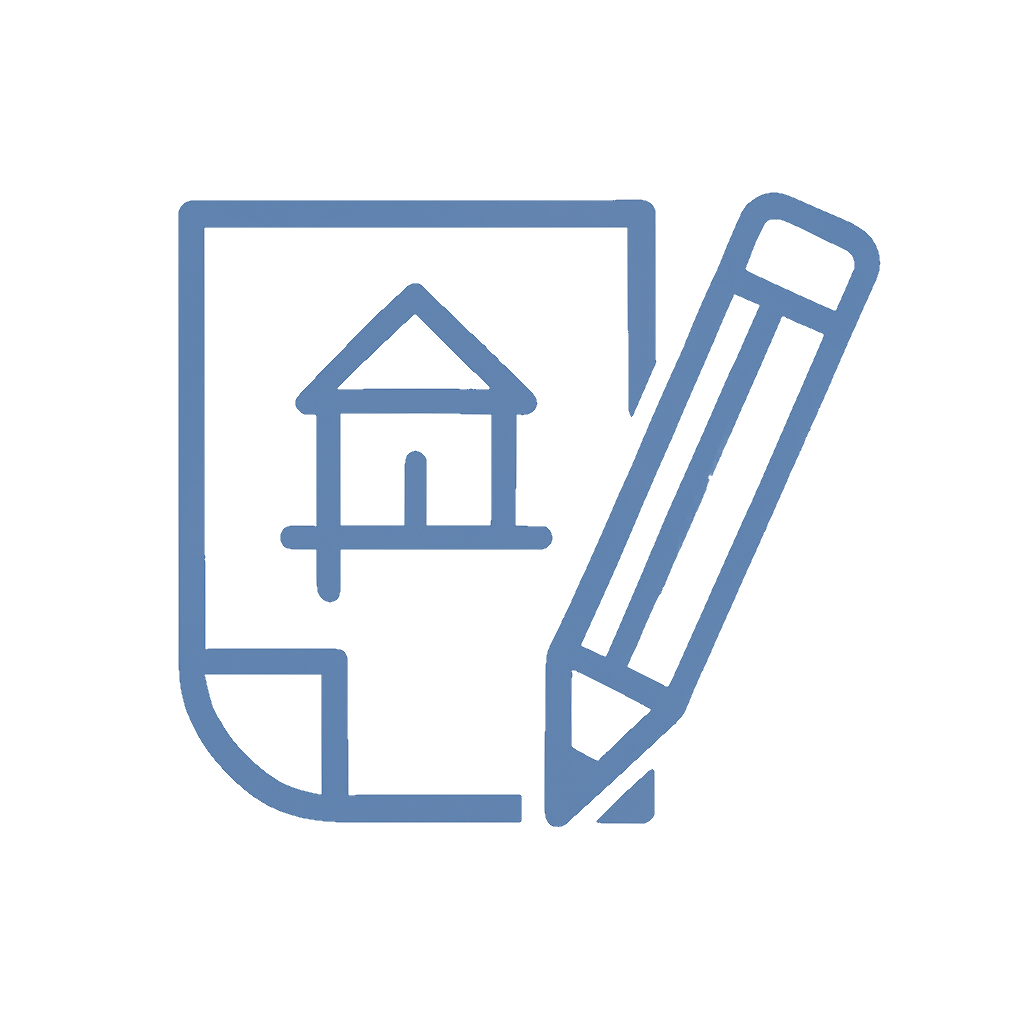📌 Quick Summary
1-Sentence Answer:
Patent attorneys act as investigators, strategists, and defenders—ensuring your invention is fully protected, legally enforceable, and shielded from infringement.
The Article Overview:
This article explores how patent attorneys function like detectives at the Patent Office: researching prior art, crafting airtight applications, guiding inventors through complex legal rules, and defending patents in disputes. We’ll cover FAQs, step-by-step guidance, historical roots of patent law, real-world cases, competitive examples, myths, risks, debates, and expert insights.
❓ Common Questions & Answers
Q1: Can I file a patent without an attorney?
Yes, but you risk rejection or weak protection. Attorneys know how to draft enforceable claims and navigate legal pitfalls.
Q2: How much does hiring a patent attorney cost?
Fees range widely ($5,000–$15,000+), but the cost of mistakes or litigation is far higher. It’s an investment in protection.
Q3: What if someone infringes on my patent?
An attorney can send cease-and-desist letters, negotiate licenses, or litigate in court to enforce your rights.
Q4: Are all patents the same?
No. Utility, design, and plant patents protect different things. Attorneys help identify the right type and scope.
Q5: Do attorneys help after the patent is granted?
Yes. They advise on portfolio management, renewals, international filings, and defending against infringers.

📜 Step-by-Step Guide
-
Initial Consultation – Share your invention details under confidentiality; attorney assesses patentability.
-
Prior Art Search – Attorney investigates similar inventions worldwide to confirm novelty.
-
Drafting Claims – Attorney defines your invention’s scope with legally defensible wording.
-
Filing Application – Submission to USPTO (or other offices) with proper forms and technical detail.
-
Examination Phase – Attorney responds to office actions and negotiates with examiners.
-
Grant & Beyond – Attorney manages renewals, enforcement, and potential licensing opportunities.
📖 Historical Context
Patent law traces back to 15th-century Venice, where inventors first gained exclusive rights to protect their trade secrets from copycats. These early privileges set the stage for modern intellectual property.
In England, the Statute of Monopolies (1624) limited royal monopolies but carved out exceptions for “projects of new invention.” This statute was the direct ancestor of today’s patent system and introduced the principle that inventors deserved limited exclusivity.
The U.S. Constitution (Article I, Section 8) embedded patent protection as a tool to “promote the progress of science and useful arts.” Since then, patent attorneys have become the guardians of this promise, evolving from scribes who filed paperwork to litigators and strategists defending billion-dollar ideas.
🏢 Business Competition Examples
-
Apple vs. Samsung – Patent disputes over smartphone design and functionality highlighted the need for meticulous claims drafted by attorneys.
-
Dyson vs. Hoover – UK vacuum wars showed how broad patents can secure long-term market dominance.
-
CRISPR Gene Editing Battles – Universities and biotech firms spent millions litigating over who held rights, with patent attorneys at the center.
-
BlackBerry vs. NTP – A costly settlement ($600M+) underscored the risk of not securing airtight patent defenses.
💬 Discussion Section
Patent attorneys are more than clerks who shuffle papers; they operate like detectives and litigators rolled into one. On the investigative side, they comb through massive prior art databases across jurisdictions to ensure your invention is truly novel. This is detective work requiring both legal and technical fluency.
Once the groundwork is laid, attorneys transform into writers with surgical precision. Patent claims are notoriously tricky—too broad, and they risk invalidation; too narrow, and competitors design around them. Skilled attorneys strike the balance, shaping language that holds up both in the Patent Office and in court.
Attorneys also double as negotiators. Many patents face pushback from examiners, who may reject or narrow claims. Attorneys craft responses, cite legal precedent, and argue until the strongest possible patent emerges. Without this advocacy, inventors often settle for weak protection.
On the defensive side, patent attorneys are frontline warriors in infringement disputes. In today’s global marketplace, patents are challenged not only by competitors but also by opportunistic “patent trolls.” Attorneys know how to deploy cease-and-desist tactics, licensing agreements, and litigation strategy. In some cases, their work can mean the difference between market dominance and bankruptcy.
Inventors in the U.S., UK, Canada, Australia, and India all face similar challenges, but systems vary slightly. U.S. attorneys often emphasize litigation, while solicitors in the UK may focus more on application drafting before handing disputes to barristers. The consistent factor worldwide: inventors who rely on professionals gain broader, longer-lasting protection.

⚖️ The Debate
Pro-Attorney View (700–900 chars):
Hiring a patent attorney ensures inventions are fully protected and legally defensible. Attorneys provide critical expertise, from drafting claims to managing disputes. They reduce risks of costly mistakes, increase grant likelihood, and maximize patent scope. For businesses and inventors, the return on investment outweighs the expense.
DIY View (700–900 chars):
Some inventors argue attorneys are costly gatekeepers. With online filing systems and tutorials, determined inventors can self-file, especially for smaller projects. While riskier, DIY patenting saves upfront costs and gives inventors direct control. Supporters of this view argue attorneys are not always necessary for straightforward inventions.
✅ Key Takeaways
-
Patent attorneys act as investigators, strategists, and defenders.
-
Strong patents depend on precise legal drafting.
-
Mistakes in filing or scope can cost millions later.
-
Attorneys protect inventors in infringement disputes.
-
Global inventors benefit from local legal expertise.
⚠️ Potential Business Hazards
-
Filing without legal guidance, leading to weak or invalid patents.
-
Missing deadlines or disclosing inventions publicly too early.
-
Infringement disputes draining resources without expert defense.
-
Overpaying for overly narrow patents that competitors bypass.
❌ Myths & Misconceptions
-
“All patents guarantee profit.” – Not true; patents protect but don’t sell products.
-
“DIY filing saves money.” – Often leads to costlier litigation later.
-
“One patent covers everything.” – Multiple patents may be required for full protection.
-
“Once granted, you’re safe forever.” – Patents require maintenance and can still be challenged.

📚 Book & Podcast Recommendations
-
Book: Patent It Yourself by David Pressman – https://www.nolo.com/products/patent-it-yourself-patn.html
-
Book: Innovation and Its Enemies by Calestous Juma – https://global.oup.com/academic/product/innovation-and-its-enemies-9780190467036
-
Podcast: IP Fridays – https://www.ipfridays.com/
-
Podcast: Clause 8: The Voice of IP – https://www.iplawpodcast.com/
⚖️ Legal Cases
-
Apple Inc. v. Samsung Electronics Co. – https://supreme.justia.com/cases/federal/us/580/15-777/ (Design patents in smartphones, billions at stake).
-
Diamond v. Chakrabarty (1980) – https://supreme.justia.com/cases/federal/us/447/303/ (Established patentability of genetically engineered organisms).
-
NTP, Inc. v. Research In Motion, Ltd. – https://casetext.com/case/ntp-inc-v-research-in-motion-ltd (BlackBerry settlement, $600M).
-
KSR Int’l Co. v. Teleflex Inc. (2007) – https://supreme.justia.com/cases/federal/us/550/398/ (Changed obviousness test for patentability).
📣 Expert Invitation
Got insights on patent battles, filing strategies, or courtroom victories? Share your expertise with our community at http://inventiveunicorn.com.

🔚 Wrap-Up Conclusion
Patent attorneys operate like CSI agents for innovation—investigating novelty, filing airtight claims, and defending inventions in high-stakes disputes. For inventors, hiring an attorney is not an optional expense but a safeguard against costly mistakes and infringement risks. Protecting your intellectual property today ensures your ideas stand the test of global competition tomorrow.
